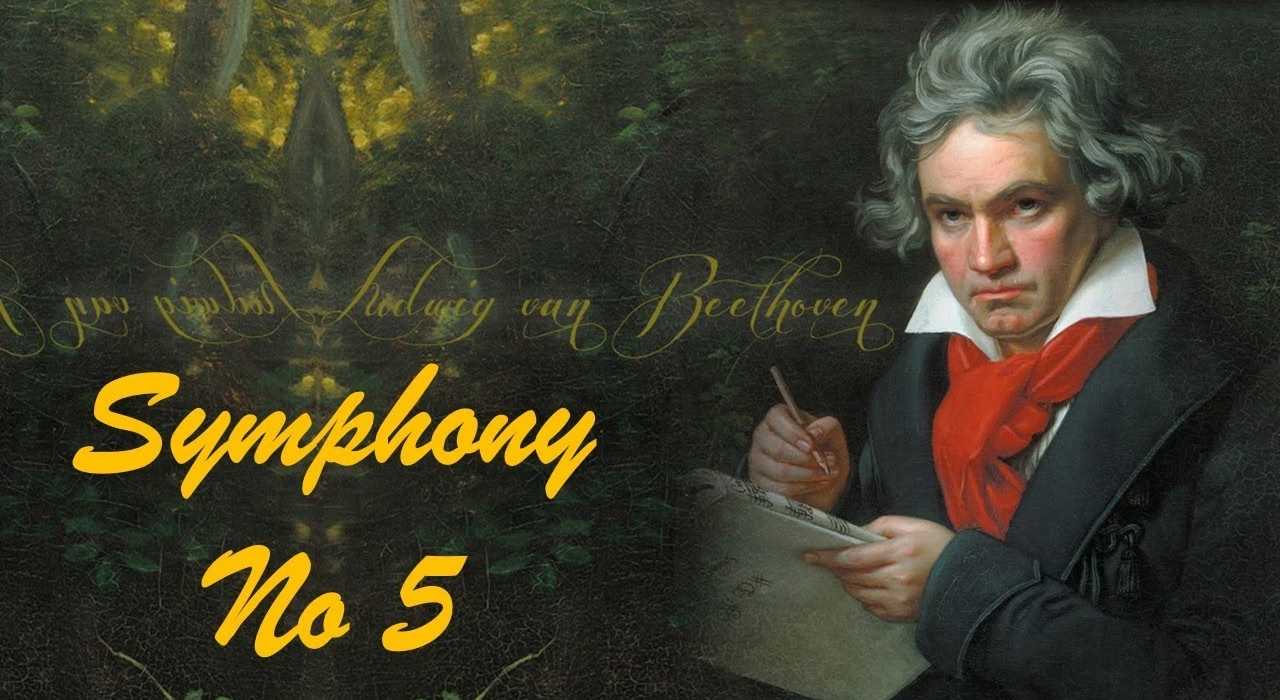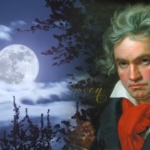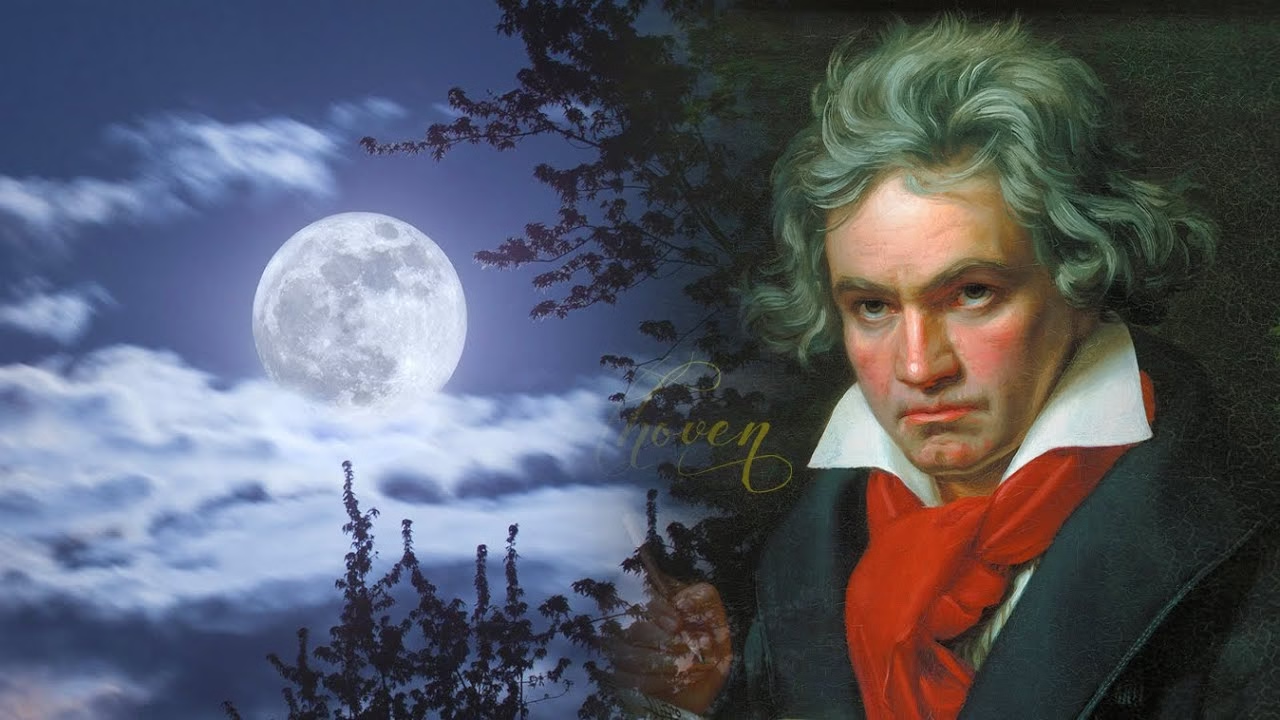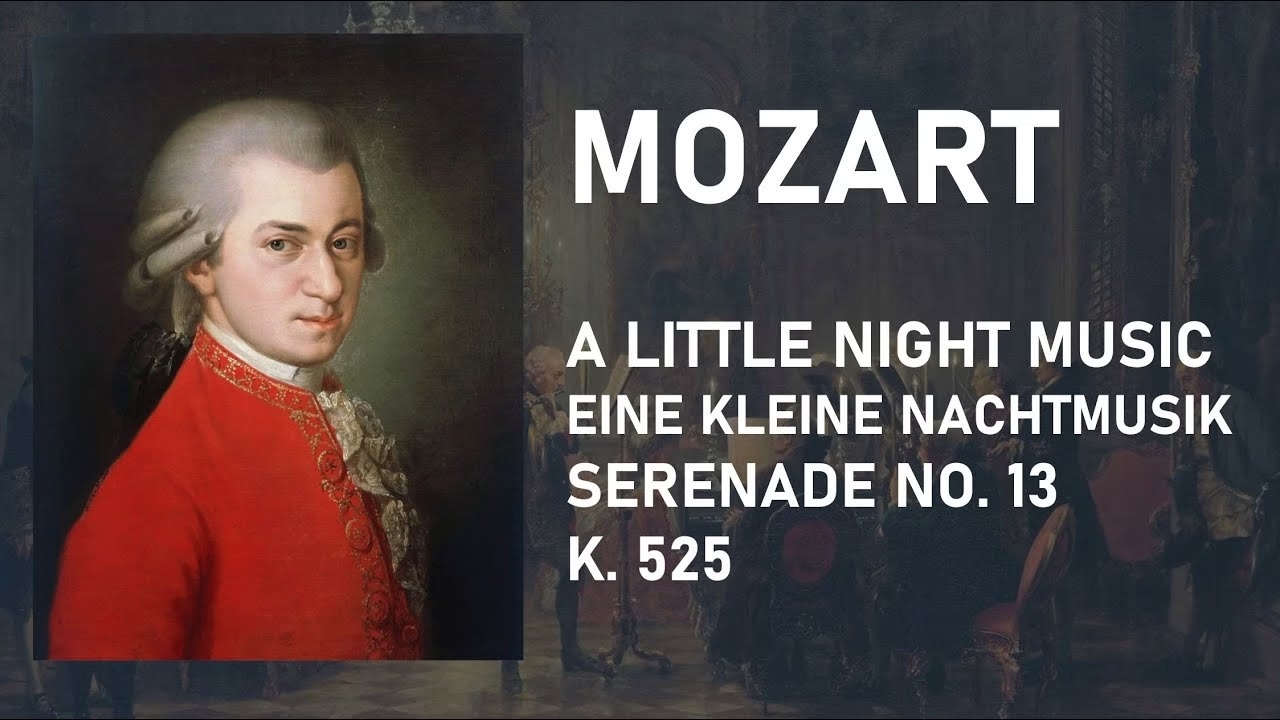Ludwig van Beethoven’s Symphony No. 5 in C minor, Op. 67, stands as a monumental achievement in the annals of classical music. Composed between 1804 and 1808, this symphony transcends the mere framework of notes and orchestration; it serves as a profound narrative of struggle, triumph, and the universal human experience. The iconic opening motif has become synonymous with the concept of fate, striking a chord across generations and cultures. As we delve into the intricacies of Symphony No. 5, we will explore its historical context, musical structure, cultural significance, and continued relevance in today’s world.
The Historical Context of Beethoven’s Fifth Symphony

Understanding the backdrop against which Beethoven composed his Fifth Symphony is crucial to appreciating its depth and resonance. This period was marked by significant political, social, and artistic upheavals, all of which influenced Beethoven’s creative output.
The Era of Revolution and Change
The early 19th century was a time of radical change in Europe. The French Revolution had redefined notions of power and individual rights, while the Napoleonic Wars brought turmoil and conflict. In this environment, Beethoven emerged as a voice of resilience, channeling the struggles of his society into his music.
The symphony conveys the tension between oppression and freedom, encapsulating the tumultuous spirit of the age. The clash of forces within the piece mirrors the societal upheaval outside the concert hall. As listeners engage with the dissonance and resolution present in the music, they are invited to reflect on their own experiences of struggle and survival.
Beethoven’s Personal Struggles
While the larger socio-political context informs the symphony, Beethoven’s personal life also imbued his work with emotional depth. The composer grappled with increasing deafness during the writing of his Fifth Symphony, a profound challenge that could have silenced many artists. Instead, Beethoven used his adversity as a catalyst for creativity.
This juxtaposition of struggle and creativity invites listeners to consider how challenges can shape artistry. Beethoven’s own defiance against his fate resonates throughout the symphony, making it an emblem of human perseverance. Each note conveys a sense of determination, capturing the essence of Beethoven’s resolve to rise above his circumstances.
The Premiere: A Defining Moment
The symphony premiered on December 22, 1808, during an all-Beethoven concert at the Theater an der Wien in Vienna. This event was significant not only for its content but also for the bold statement it made about Beethoven’s artistry.
However, the premiere itself was fraught with difficulty; the concert featured poorly rehearsed performances of new works, and the audience’s reaction was mixed. Despite this rocky start, Symphony No. 5 would go on to receive acclaim and recognition, solidifying Beethoven’s reputation as one of the greatest composers of all time. The initial uncertainty surrounding the symphony’s reception adds layers of poignancy to its legacy, highlighting the unpredictable nature of artistic creation.
The Musical Structure of Symphony No. 5
Beethoven’s Fifth Symphony is renowned for its masterful construction and innovation. The interplay of motifs, themes, and orchestrations creates a rich tapestry that invites analysis and interpretation.
The Iconic Opening Motif

The symphony opens with four distinctive notes—often described as “fate knocking at the door.” This motif not only serves as an immediate attention-grabber but also provides a thematic anchor for the entire composition.
The simplicity and urgency of the motif resonate deeply with listeners, establishing an emotional connection right from the outset. This four-note phrase recurs throughout the symphony, evolving and transforming in various contexts. Its structural significance reflects the inevitability of fate—a central theme that underpins both Beethoven’s life and broader human experiences.
The Contrast Between Light and Darkness
One of the most compelling features of Symphony No. 5 is its exploration of contrast, particularly between light and darkness. Each movement navigates through realms of despair, tension, and ultimately, resolution.
The first movement, marked by intensity and struggle, transitions into the second movement’s more lyrical and hopeful themes. This shift represents not just a change in musical texture but also an emotional journey from conflict toward hope. The gradual emergence of light amid darkness—both musically and thematically—invites audiences to reflect on their own journeys through adversity.
The Finale: A Triumph of Spirit
The final movement of Symphony No. 5 bursts forth with exuberance and triumph. After navigating through turmoil and conflict, the symphony culminates in a powerful celebration of victory.
This triumphant conclusion resonates with the overarching theme of resilience, serving as a reminder that overcoming challenges is possible. The jubilant orchestration and soaring melodies create a sense of collective joy, transforming the symphony into an anthem of hope. Beethoven’s ability to convey such deep emotions through music speaks to the profound connection between art and the human spirit.
The Emotional Journey of Symphony No. 5
At its core, Beethoven’s Fifth Symphony is an emotional journey that resonates on profoundly personal levels. The narrative woven through its movements invites listeners to reflect on their own experiences with fate, struggle, and eventual triumph.
The Relatability of Struggle
The thematic journey from darkness to light encapsulates a universal human experience. Listeners encounter feelings of despair and conflict in the first movement, evoking personal encounters with adversity.
This palpable sense of struggle allows individuals to connect deeply with the symphony. Whether it be personal challenges or collective societal issues, the emotional weight carried by the music inspires introspection and contemplation. Beethoven’s ability to articulate such complex emotions through orchestration underscores the transformative power of music.
The Cathartic Nature of Music
Engaging with Symphony No. 5 can serve as a form of emotional catharsis. As listeners traverse the spectrum of emotions—from despair to joy—they may find solace in the shared experience of navigating life’s challenges.
The symphony’s climactic finale offers a powerful release, allowing individuals to celebrate their victories, however small they may be. This sense of triumph resonates universally, transcending cultural and temporal boundaries. Beethoven’s ability to capture the essence of the human spirit through music reinforces the idea that art serves as a mirror reflecting our shared experiences.
The Continuation of Beethoven’s Legacy
As we navigate through the complexities of modern life, Beethoven’s Fifth Symphony remains a touchstone for resilience and hope. The timelessness of its themes continues to inspire individuals grappling with their own challenges, reinforcing the idea that we are never alone in our struggles.
Through its enduring popularity and reinterpretations, the symphony encourages us to confront our destinies and embrace our collective human spirit. It serves as a reminder that the journey from darkness to light is not only possible but essential.
Cultural Significance of Beethoven’s Fifth Symphony

The impact of Beethoven’s Fifth Symphony extends far beyond the concert hall, permeating various aspects of culture, politics, and education over the years. Its symbolism and emotional weight have led to its adoption in numerous contexts, attesting to its enduring relevance.
A Symbol of Resilience and Determination
In contemporary society, Beethoven’s Fifth has become synonymous with resilience. It is frequently played at sporting events, political rallies, and moments of national pride. The symphony’s association with triumph and determination evokes a sense of motivation and solidarity among audiences.
This cultural appropriation reinforces the notion that music can serve as a rallying cry, uniting diverse groups of people around shared values and aspirations. Beethoven’s Fifth transforms the act of listening into a communal experience, allowing individuals to feel connected to something greater than themselves.
Educational Perspectives and Critical Reception
Institutions like the Eastman School of Music emphasize the importance of understanding Beethoven’s works, including his Fifth Symphony. Educators encourage students to explore not only the technical aspects of the music but also its emotional and cultural implications.
Critics and scholars, such as ETA Hoffman, hailed the symphony for its innovative spirit and emotional depth. Such academic discourse enhances our understanding of the piece, framing it within a larger conversation about the evolution of classical music. Engaging with these critiques enriches the listening experience, prompting audiences to consider the broader implications of Beethoven’s work.
Contemporary Interpretations and Reimaginings
The ongoing popularity of Beethoven’s Fifth Symphony has sparked a myriad of contemporary reinterpretations across genres. Musicians from various backgrounds experiment with elements of jazz, rock, and electronic music, leading to fresh engagements with this classic piece.
These reinterpretations challenge traditional notions of what classical music represents. By incorporating diverse influences, contemporary artists invite new audiences to experience Beethoven’s work, effectively bridging the gap between past and present. This dialogue fosters a more inclusive understanding of music, encouraging listeners to find resonance in the symphony’s themes regardless of their background.
Conclusion

In exploring Symphony No. 5 in C minor, Op. 67, we uncover a multifaceted masterpiece that transcends time and genre. Beethoven’s exploration of fate, struggle, and triumph resonates deeply within the human experience, inviting us to reflect on our own lives and challenges.
The historical context surrounding the symphony illuminates the turbulent era in which it was created, while its musical structure captivates us with its emotional depth. The cultural significance of Beethoven’s Fifth continues to evolve, making it a symbol of resilience and determination in contemporary society.
As we engage with this extraordinary work, we are reminded of the profound connection between music and our shared humanity, celebrating the indomitable spirit that defines us all. Beethoven’s Fifth Symphony remains a timeless dialogue between composer and listener, echoing through the ages and inspiring us to overcome our own adversities.








